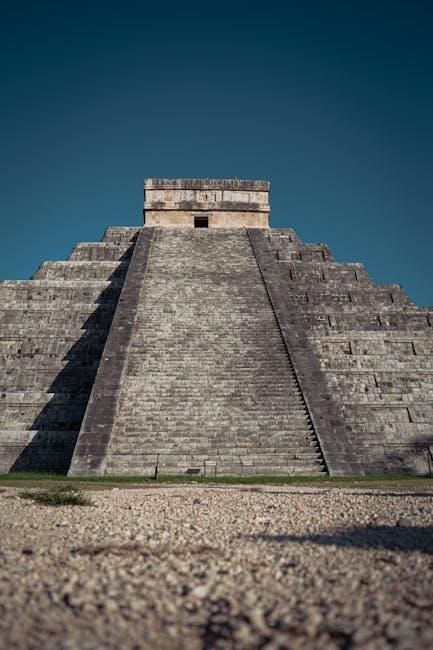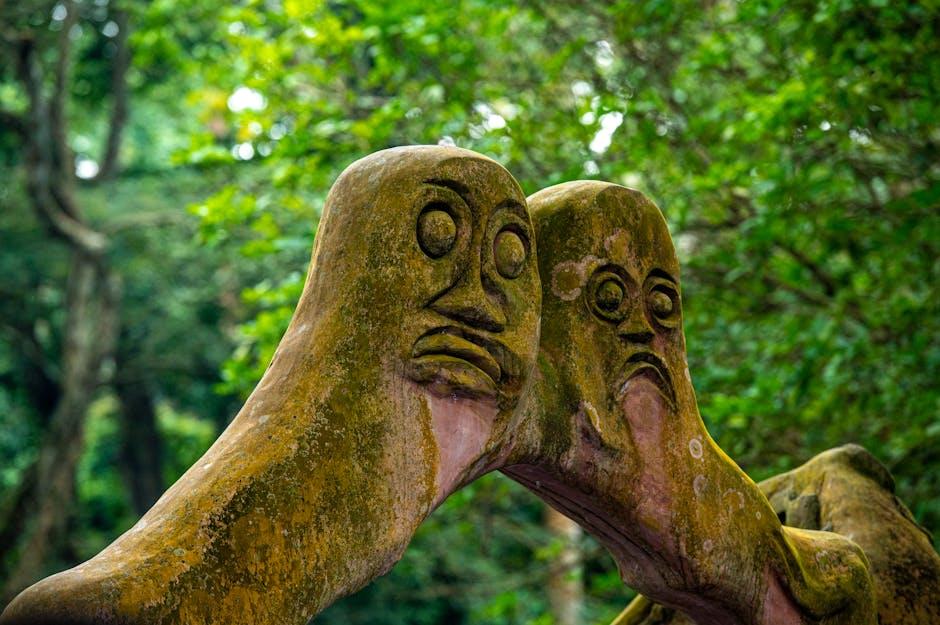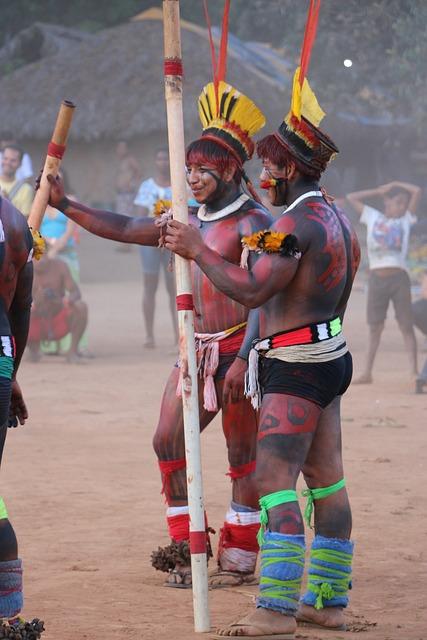In the quiet embrace of dawn, where the first light kisses ancient landscapes, sacred sites stand as timeless sentinels of indigenous cultures, bearing stories etched into the very earth. These revered places, rich in spiritual significance and historical resonance, attract travelers from around the globe, drawn by a magnetic blend of mystery and majesty. Yet, as the tide of tourism swells, a delicate balance teeters on the edge of respect and disregard. In this intricate dance between reverence and recreation, we explore a pressing question: Are tourists, in their quest for discovery, inadvertently treading upon the sanctity of these hallowed grounds? This article delves into the heart of this complex issue, seeking to unravel the threads of cultural sensitivity and the responsibilities that lie with those who wander.
Understanding the Cultural Significance of Sacred Indigenous Sites
At the heart of understanding the importance of sacred Indigenous sites is an appreciation of their profound cultural significance. These sites are not merely locations of historical interest; they are living embodiments of ancestral wisdom, spiritual practices, and communal identity. For many Indigenous communities, these places serve as vital links to their heritage, offering a connection to the natural world and their spiritual beliefs. Visiting these sites requires a level of reverence that acknowledges their role as sanctuaries of tradition and spirituality.
- Spiritual Connection: Sacred sites are often considered as the dwelling places of spiritual entities or deities, central to Indigenous cosmologies.
- Cultural Heritage: These locations are steeped in oral histories and traditions, acting as physical manifestations of cultural narratives passed down through generations.
- Ecological Importance: Many sacred sites are also ecologically significant, preserving biodiversity and traditional ecological knowledge.
Understanding these aspects helps in respecting the sacredness of these sites and ensuring that tourism does not infringe upon their cultural and spiritual sanctity.

Balancing Tourism and Preservation: Challenges and Opportunities
Tourism can often bring with it a multitude of challenges, especially when it involves sacred indigenous sites. These areas, steeped in cultural and spiritual significance, are increasingly attracting visitors eager to explore their historical and natural beauty. However, this surge in interest can sometimes lead to disrespectful behaviors, either through ignorance or disregard. Indigenous communities often face the difficult task of balancing the preservation of their sacred spaces with the economic opportunities that tourism can provide. The influx of tourists can lead to issues such as environmental degradation, disruption of local traditions, and a loss of the spiritual essence that makes these sites sacred.
- Environmental Impact: Increased foot traffic can lead to soil erosion and damage to delicate ecosystems.
- Cultural Disrespect: Tourists may unknowingly or carelessly disturb ceremonies or sacred rituals.
- Economic Pressure: While tourism can boost local economies, it can also create dependency and inequality.
Despite these challenges, opportunities exist to create a more harmonious relationship between tourism and preservation. Community-driven tourism initiatives can empower indigenous groups to manage and protect their sites while educating visitors about the cultural significance of these places. By fostering a respectful dialogue and encouraging responsible tourism practices, it is possible to safeguard these sacred sites for future generations.

Educating Visitors: Strategies for Promoting Respectful Tourism
To foster a deeper understanding and respect for sacred indigenous sites, it’s crucial to implement educational strategies that engage and inform visitors. One effective approach is to create immersive learning experiences that highlight the cultural and spiritual significance of these locations. This can be achieved through guided tours led by indigenous community members who share personal stories and insights, allowing tourists to connect emotionally with the history and traditions of the area.
Another strategy is the use of informative signage and digital resources that emphasize respectful behavior. Consider incorporating the following elements:
- Cultural Context: Provide background information on the site’s importance to the indigenous community.
- Behavioral Guidelines: Clearly outline expected conduct to prevent disrespectful actions.
- Interactive Features: Utilize QR codes or apps that offer multimedia content, such as videos or audio guides.
By integrating these educational tools, we can promote a culture of respect and appreciation, ensuring that visitors leave with a greater understanding and a commitment to preserving the sanctity of these cherished sites.

Collaborative Efforts: Indigenous Voices in Tourism Management
In the realm of tourism management, incorporating indigenous perspectives is pivotal in fostering respect and understanding for sacred sites. Many indigenous communities are stepping forward to collaborate with tourism bodies, ensuring that their voices are heard and their cultural heritage is preserved. This collaboration can take various forms, such as:
- Creating educational programs that inform tourists about the cultural significance of sacred sites.
- Developing visitor guidelines that are rooted in indigenous customs and traditions.
- Engaging local indigenous guides who can provide authentic narratives and insights.
Such efforts not only enrich the tourist experience but also empower indigenous communities by giving them control over how their heritage is presented and protected. These partnerships serve as a bridge, fostering mutual respect and ensuring that sacred sites are honored, not exploited.
Insights and Conclusions
In the vast tapestry of our shared world, sacred indigenous sites stand as vibrant threads, woven with history, culture, and spirituality. They are not merely destinations on a map but living narratives that speak to the heart of humanity’s diverse heritage. As travelers, our journeys can be more than just a passage through space—they can be a bridge between worlds, a chance to listen, learn, and honor the stories that precede us.
The dialogue surrounding tourism and sacred sites invites us to reflect on our roles as guests in these hallowed spaces. It challenges us to move beyond mere observation and to embrace a deeper respect and understanding. By acknowledging the significance of these places and the communities that cherish them, we become part of a global effort to preserve their sanctity.
As we continue to explore the wonders of our world, let us tread with mindfulness and humility, ensuring that the footprints we leave behind are ones of respect. In doing so, we not only enrich our own experiences but also contribute to the enduring legacy of these sacred sites for generations to come.

































